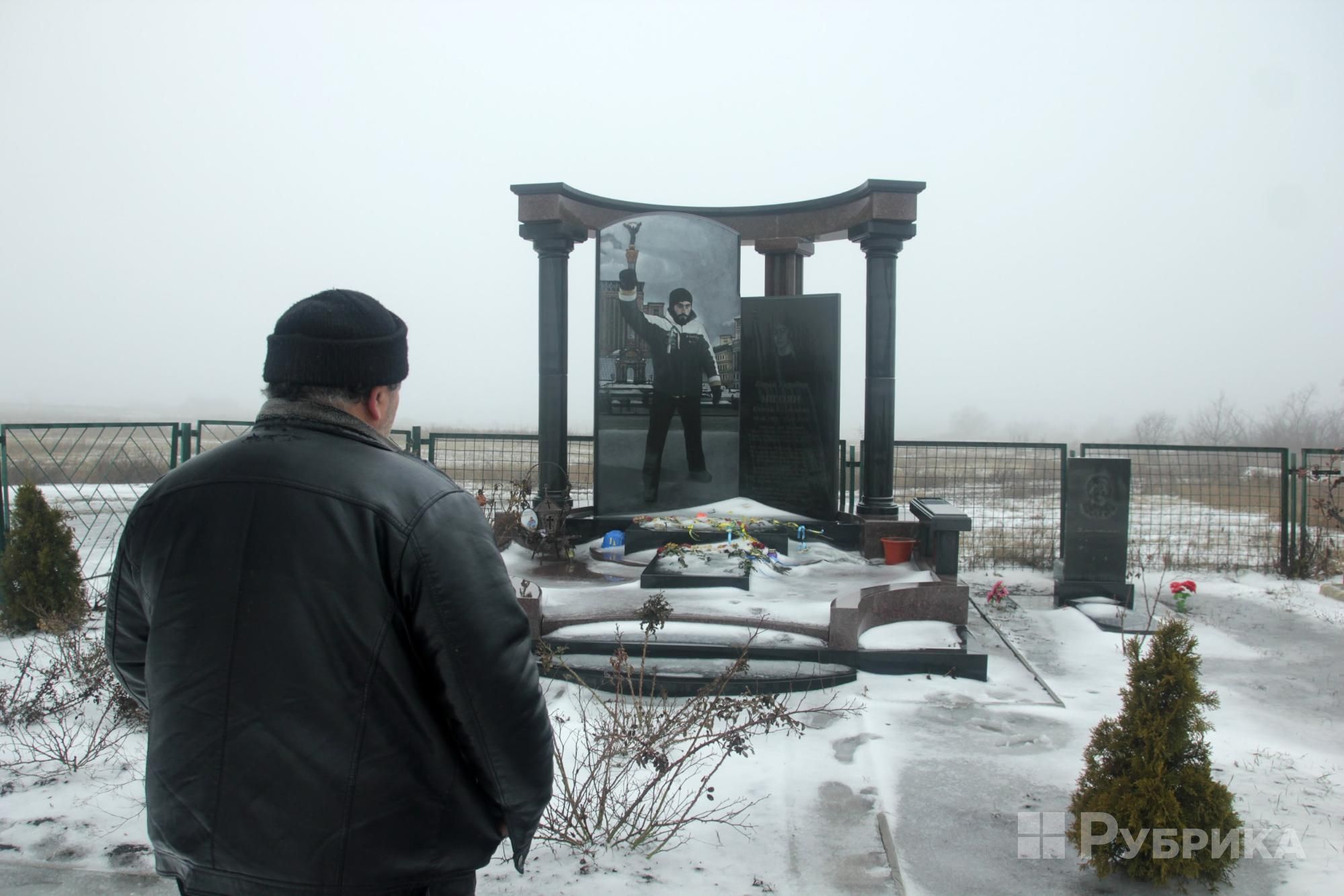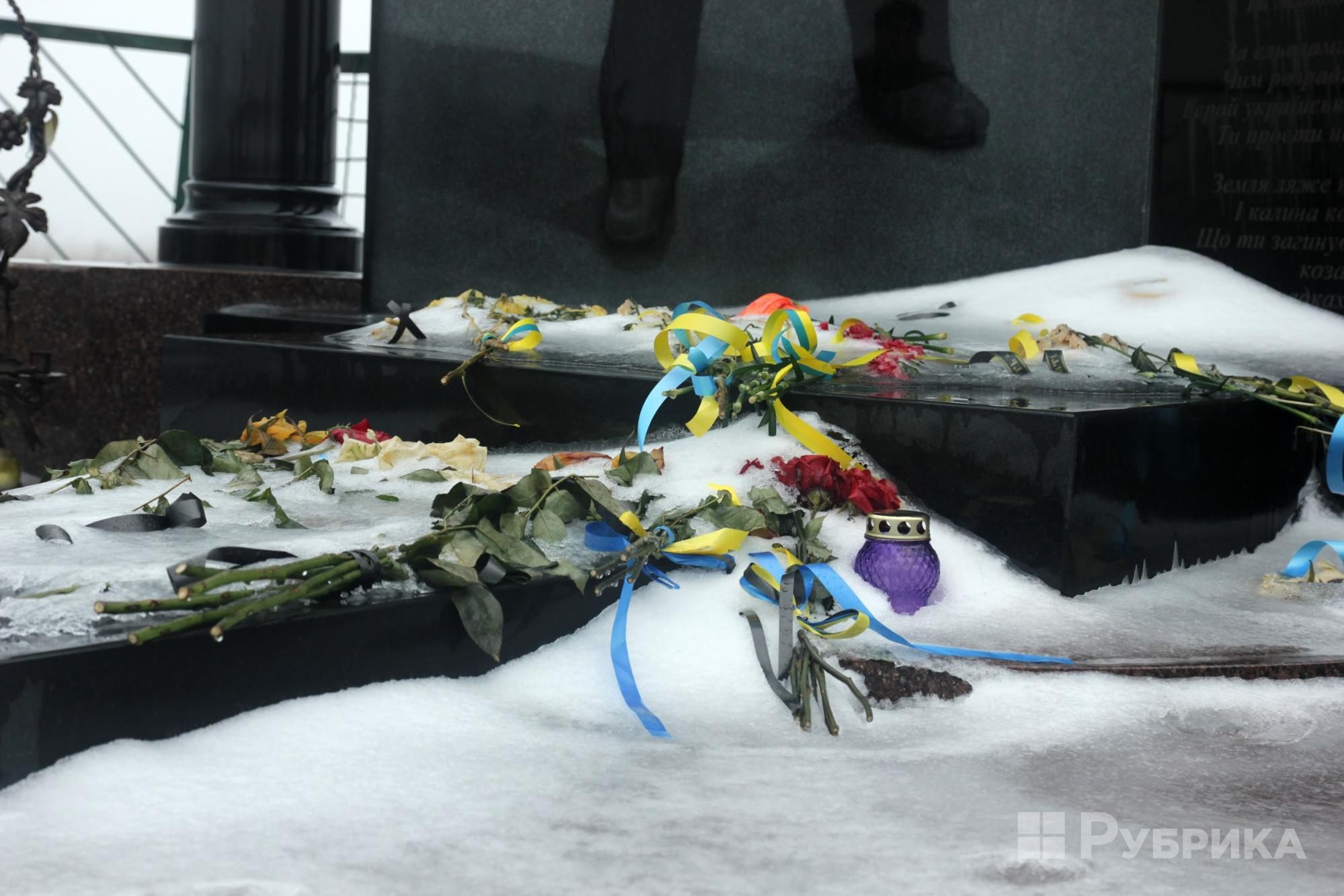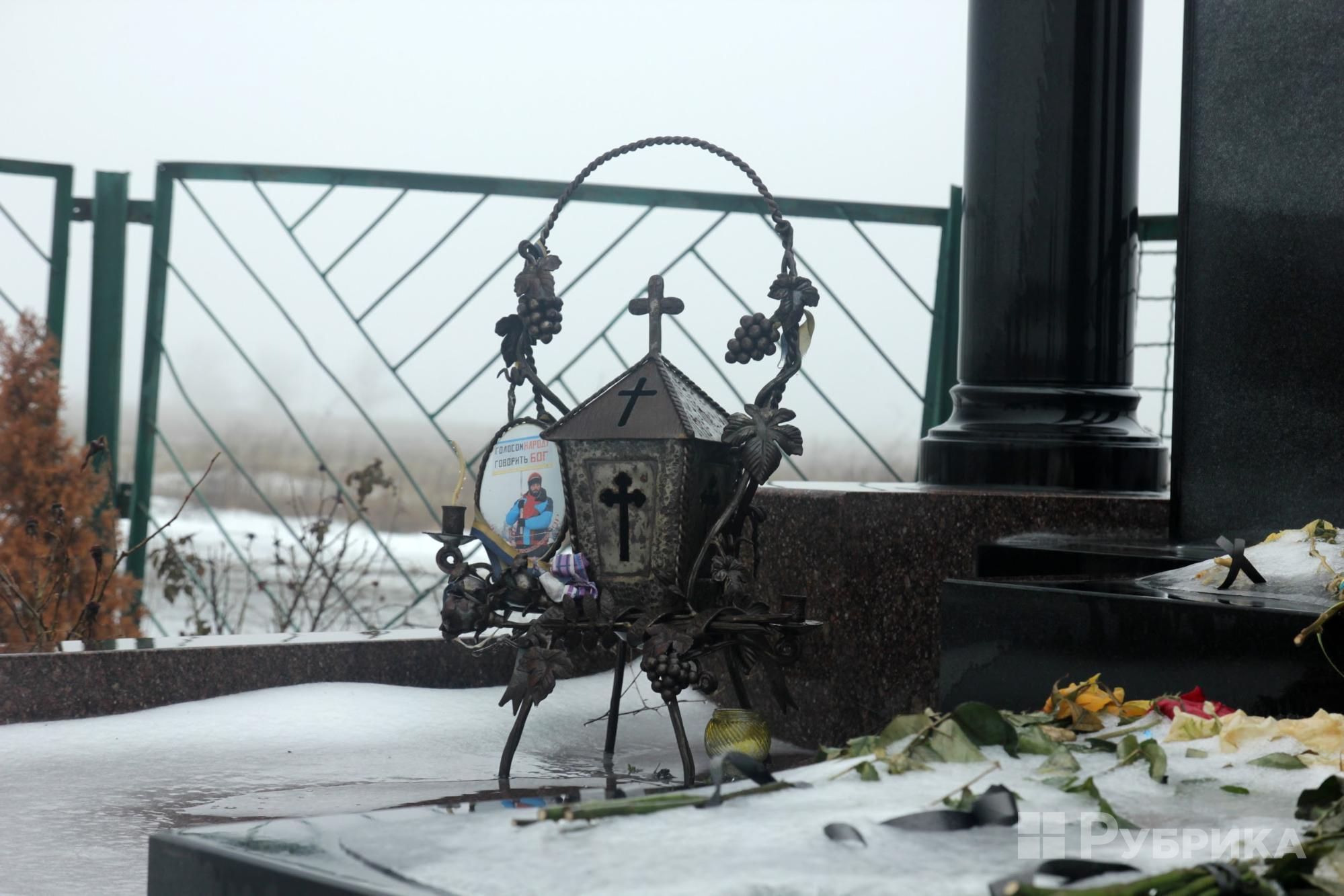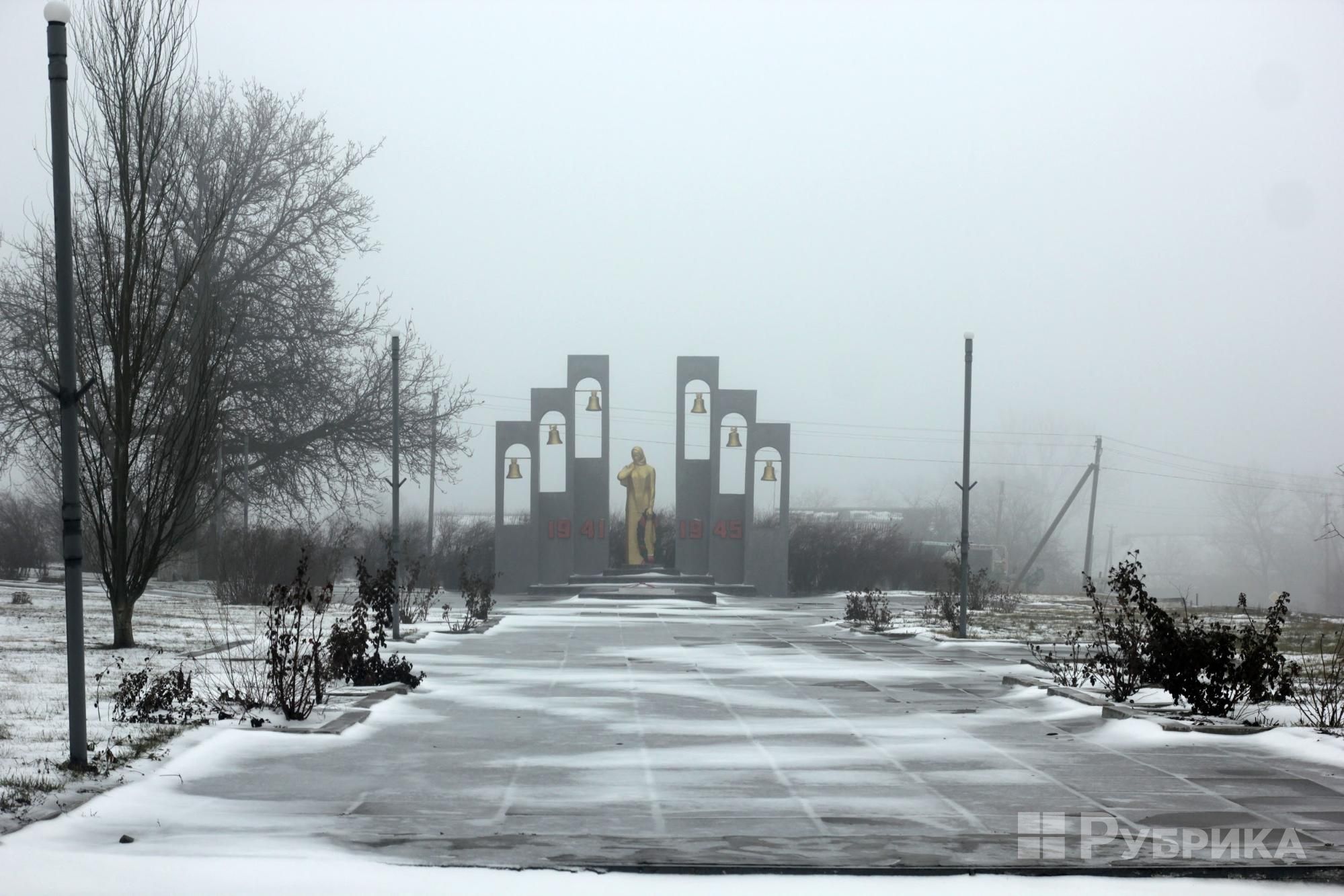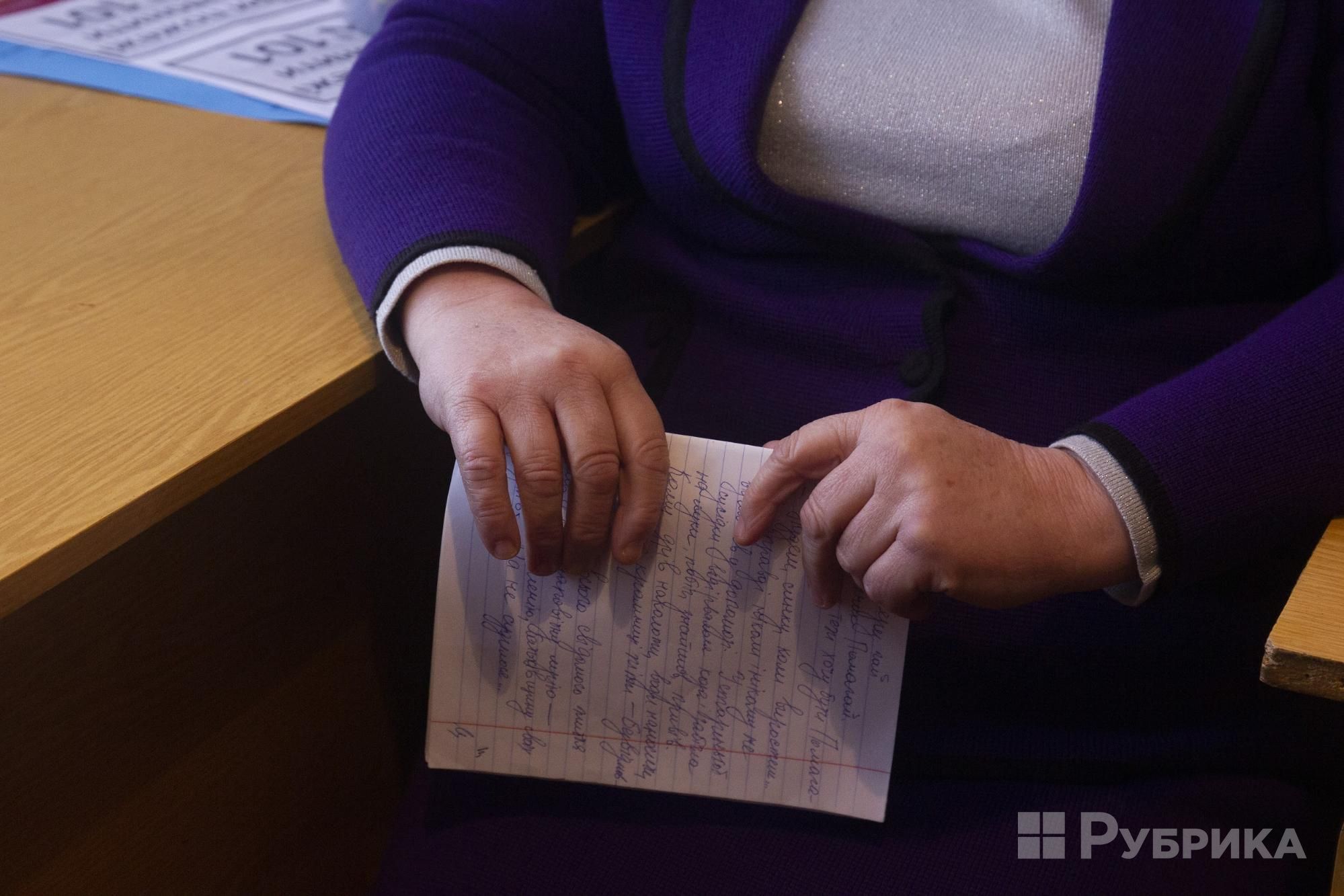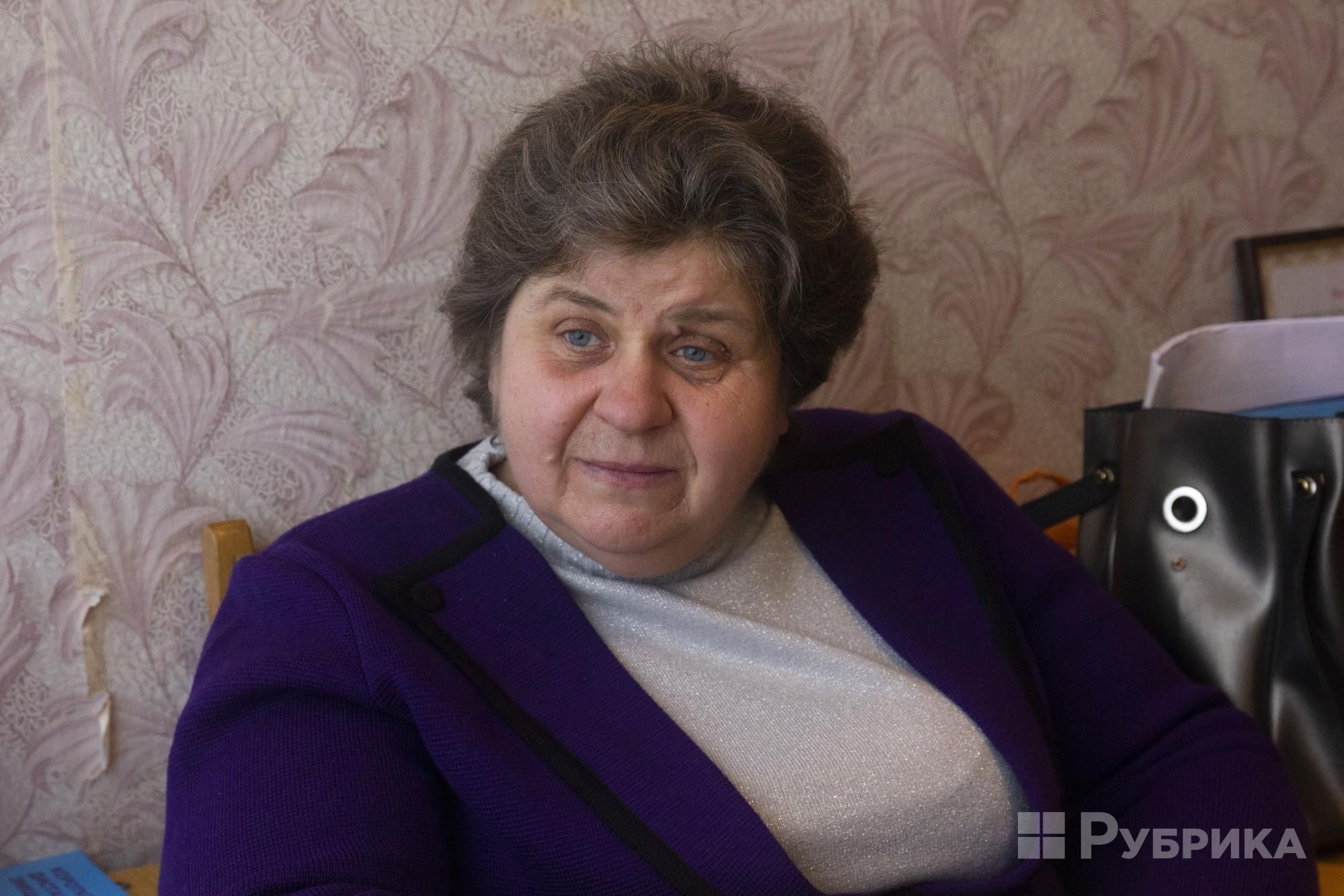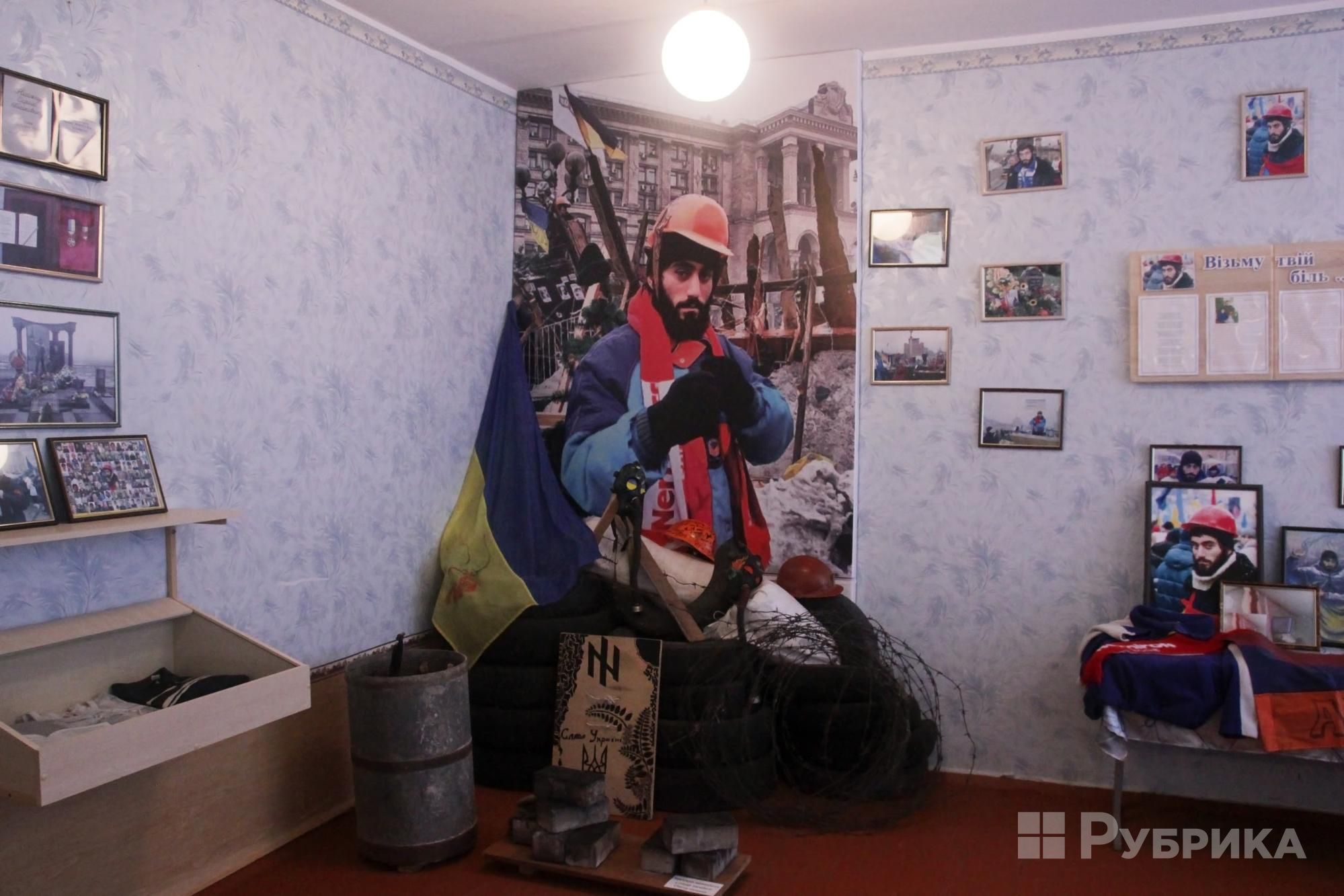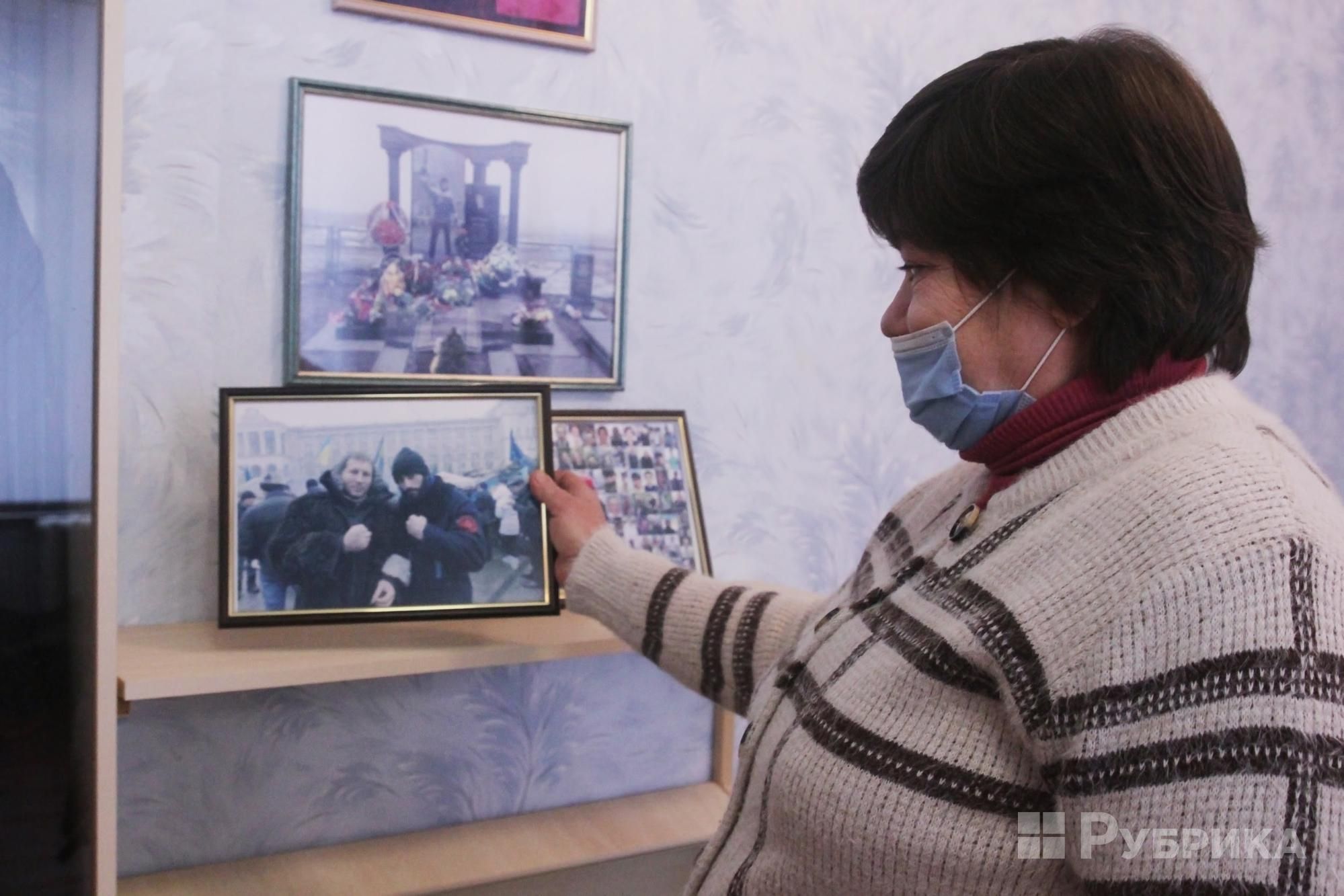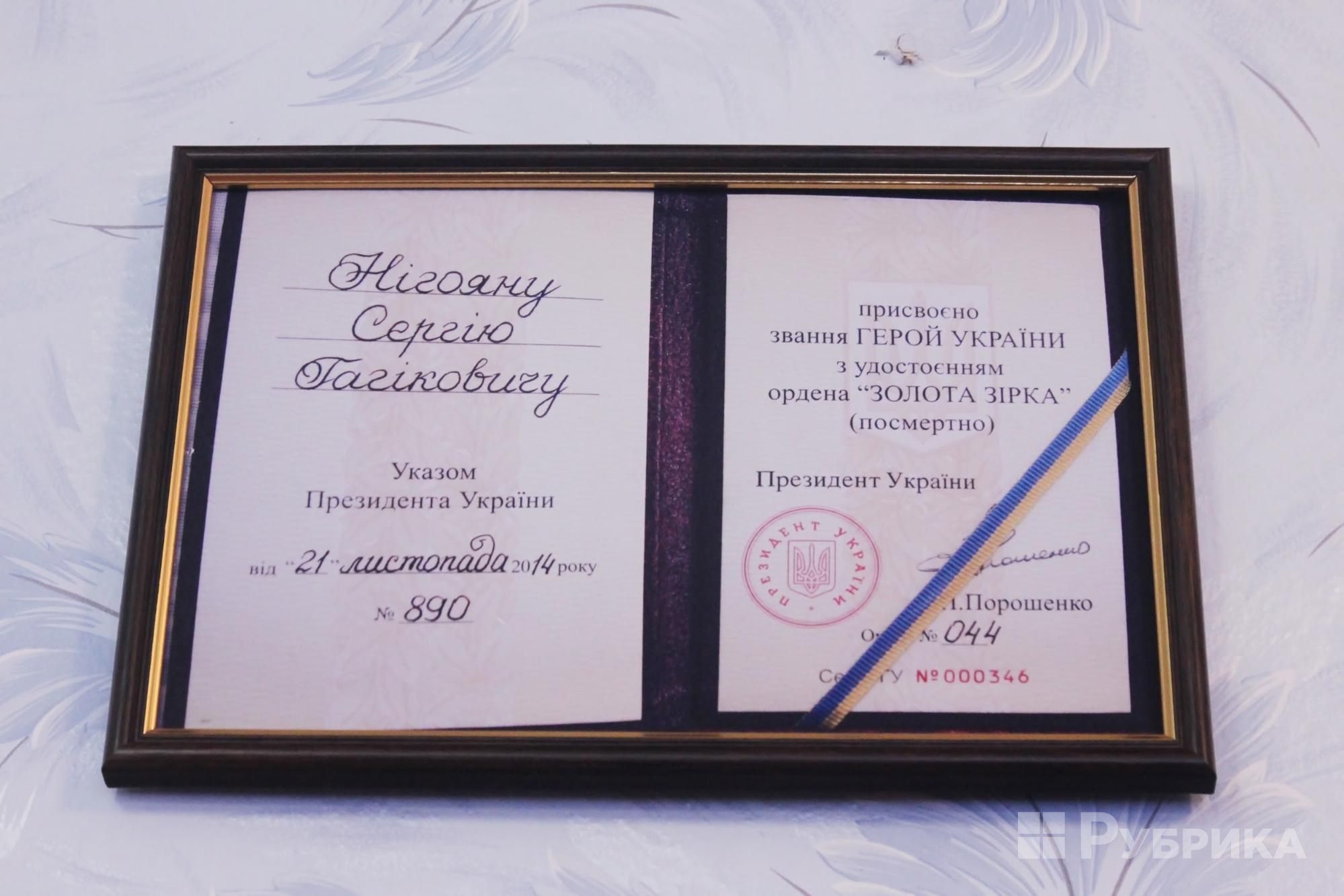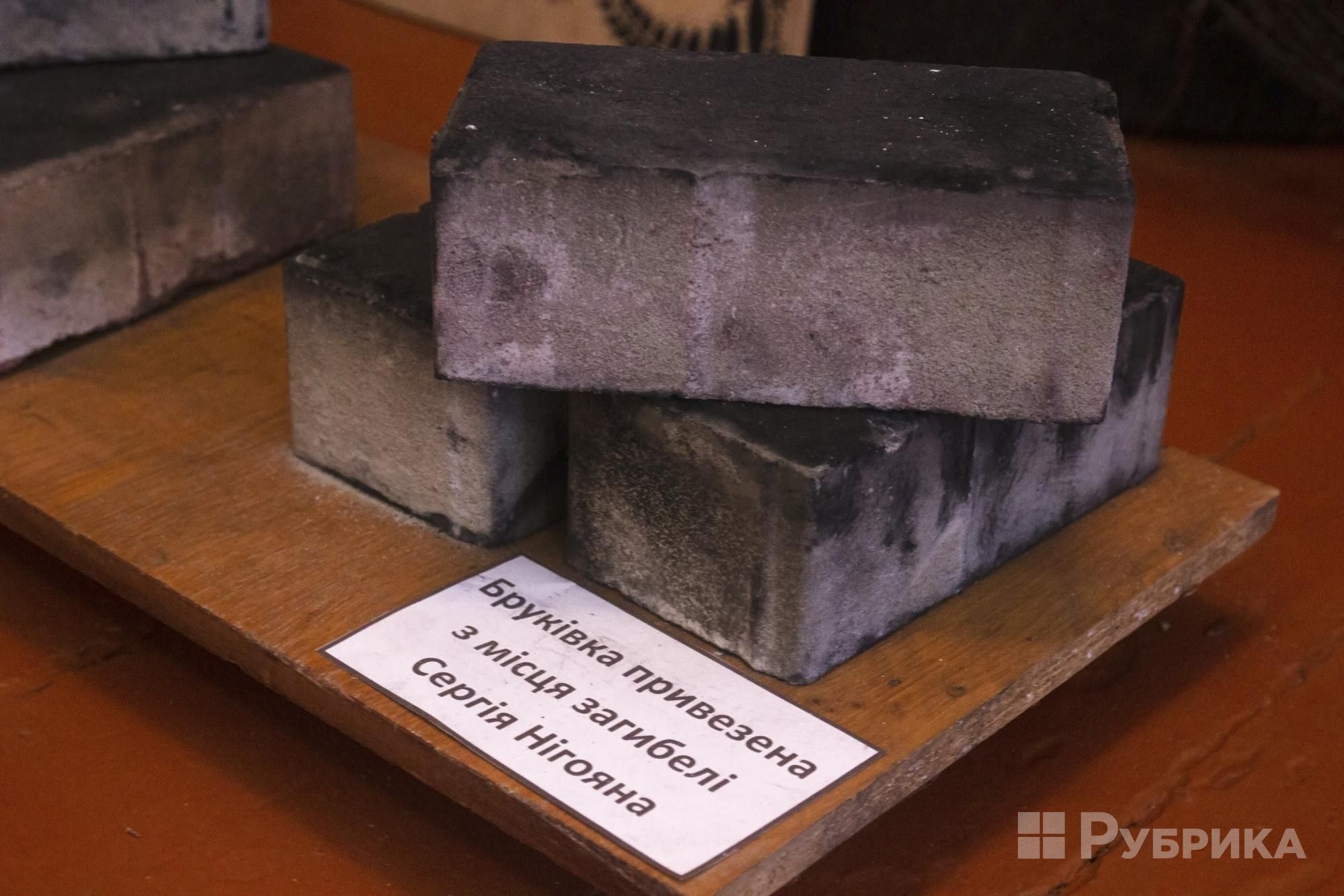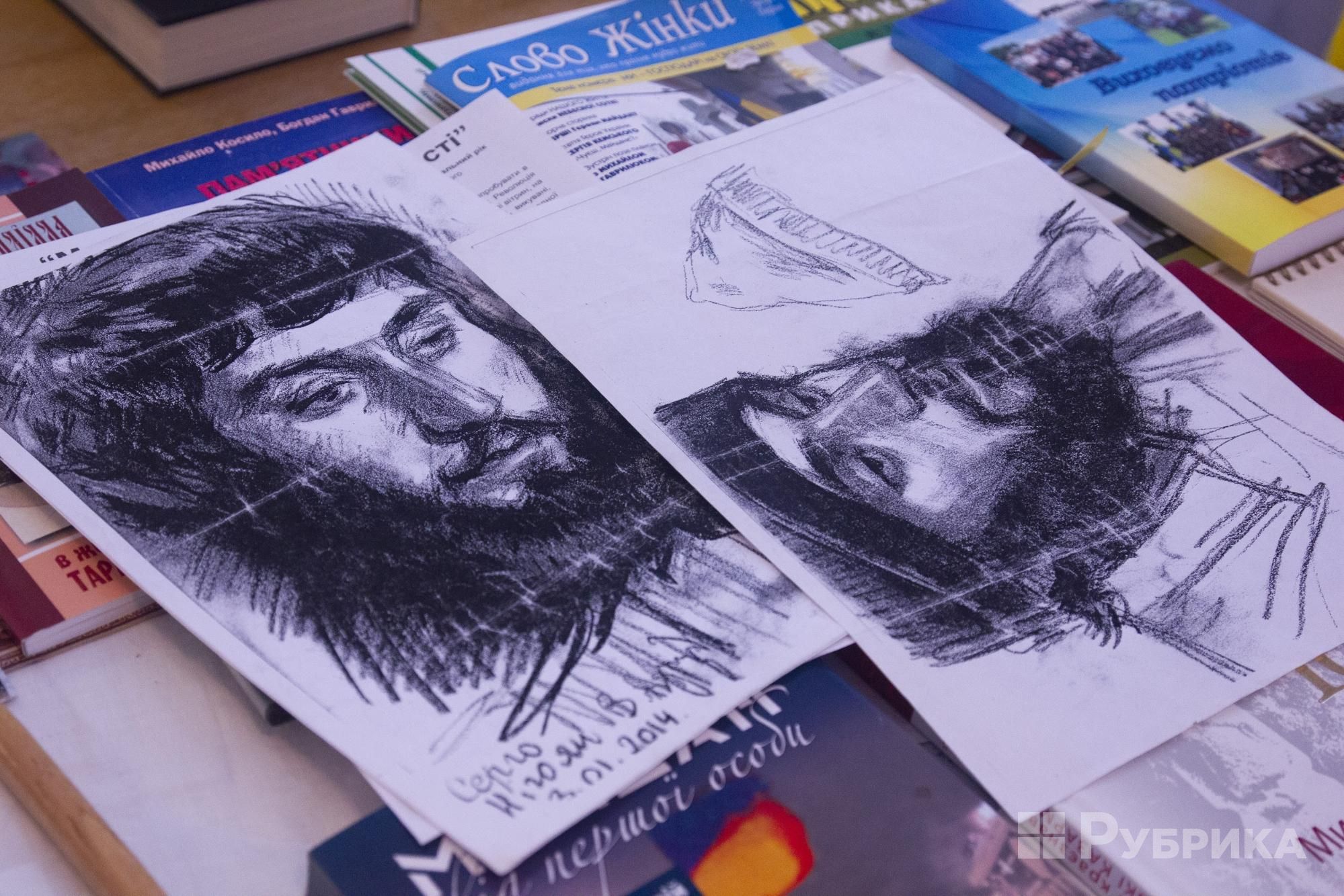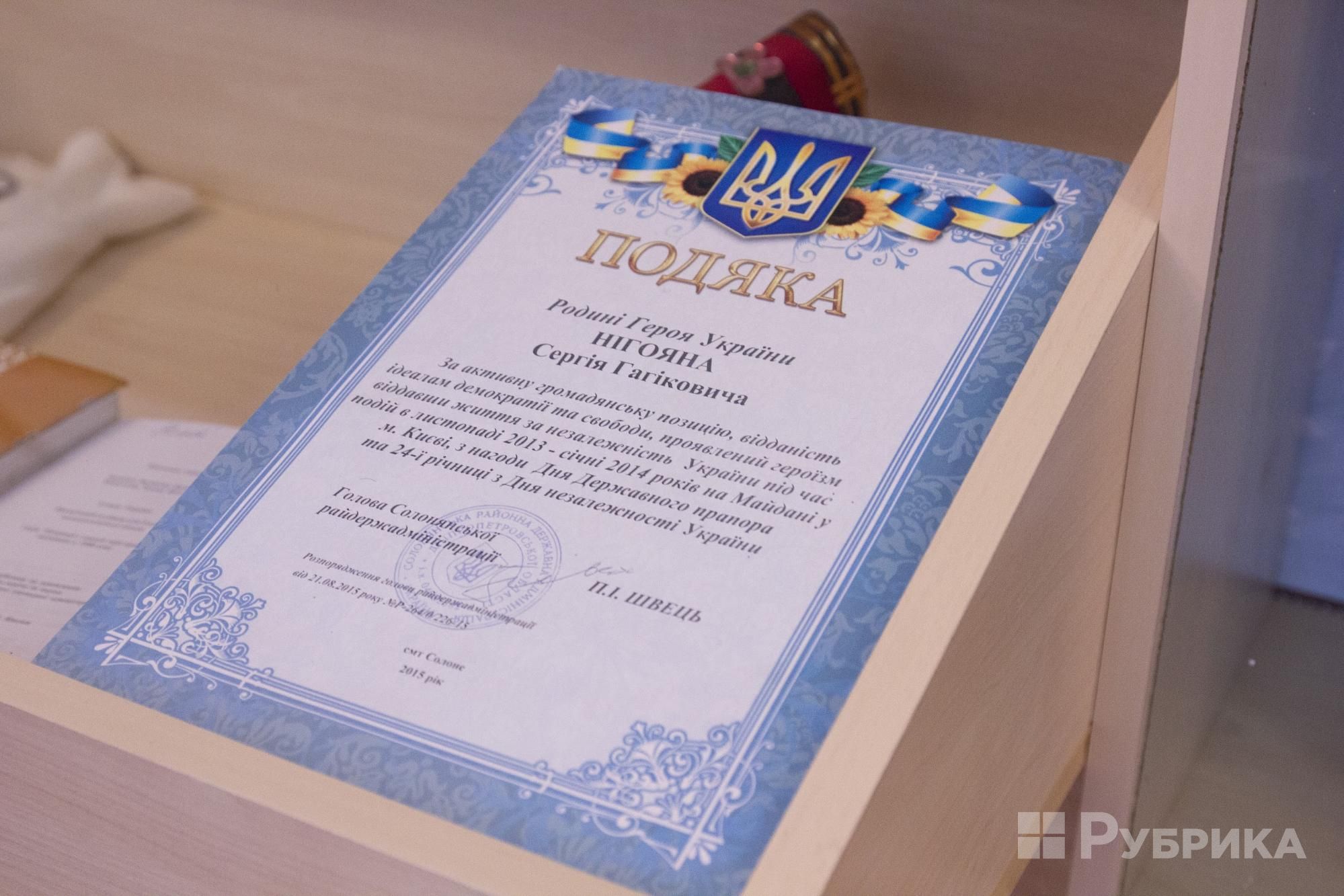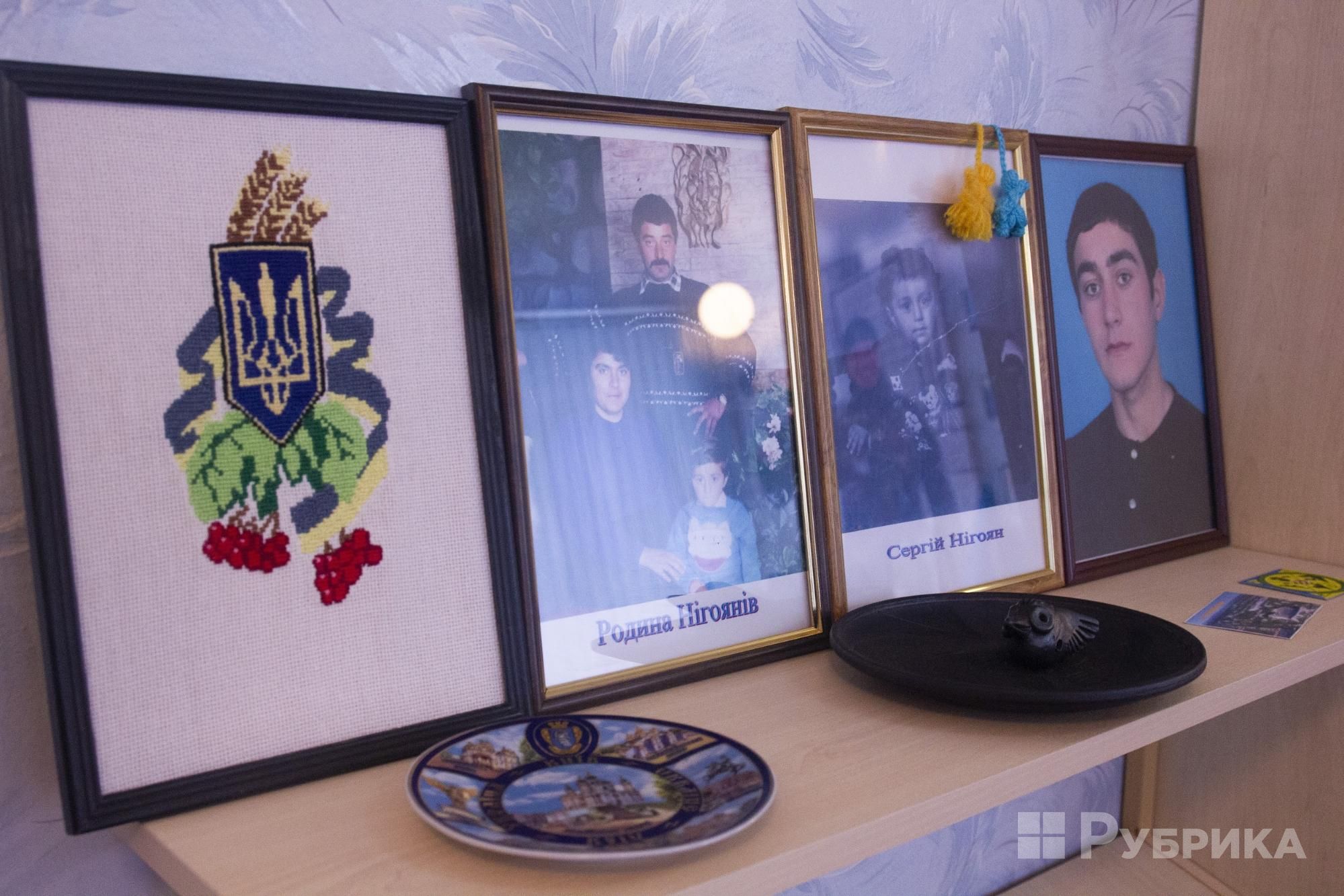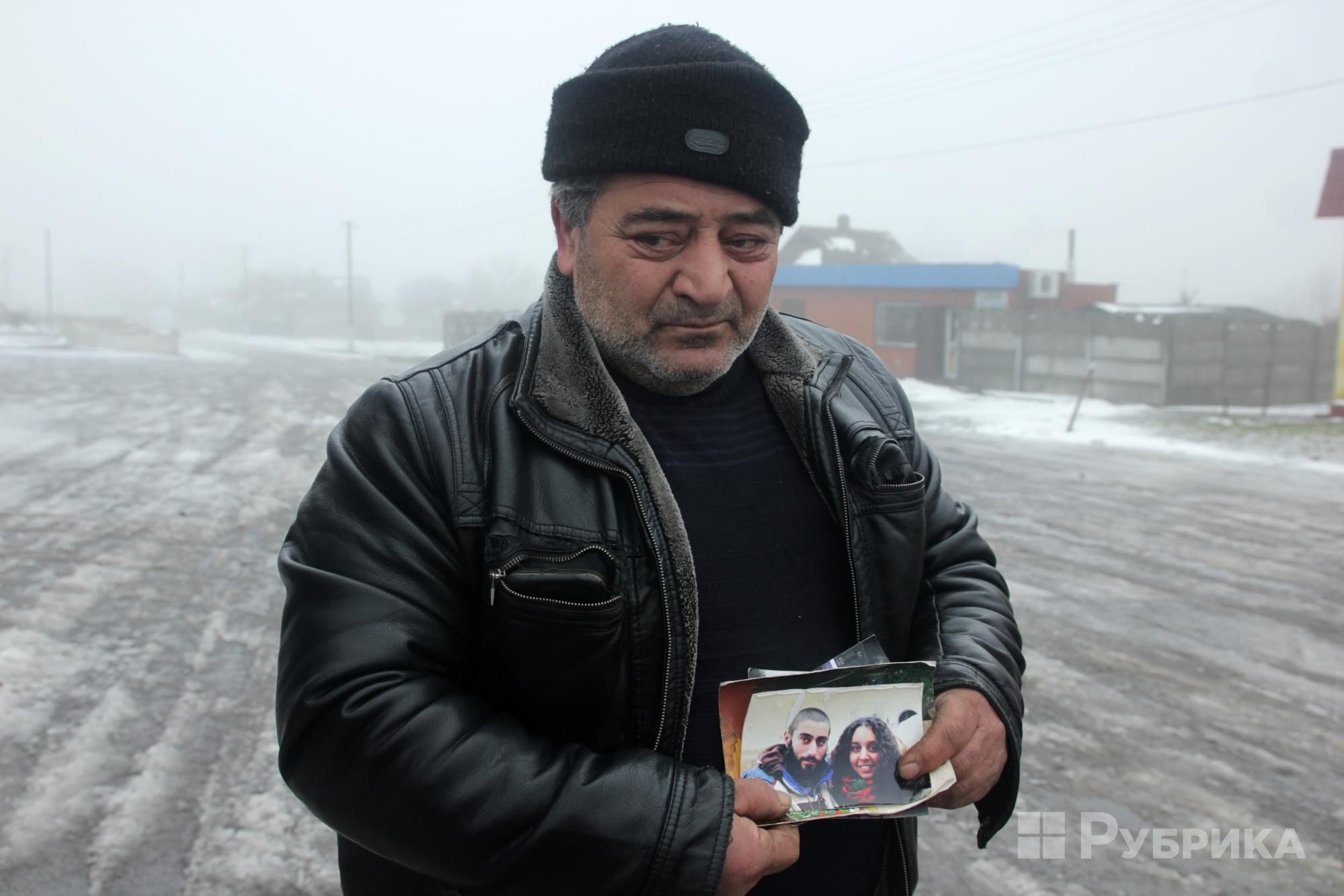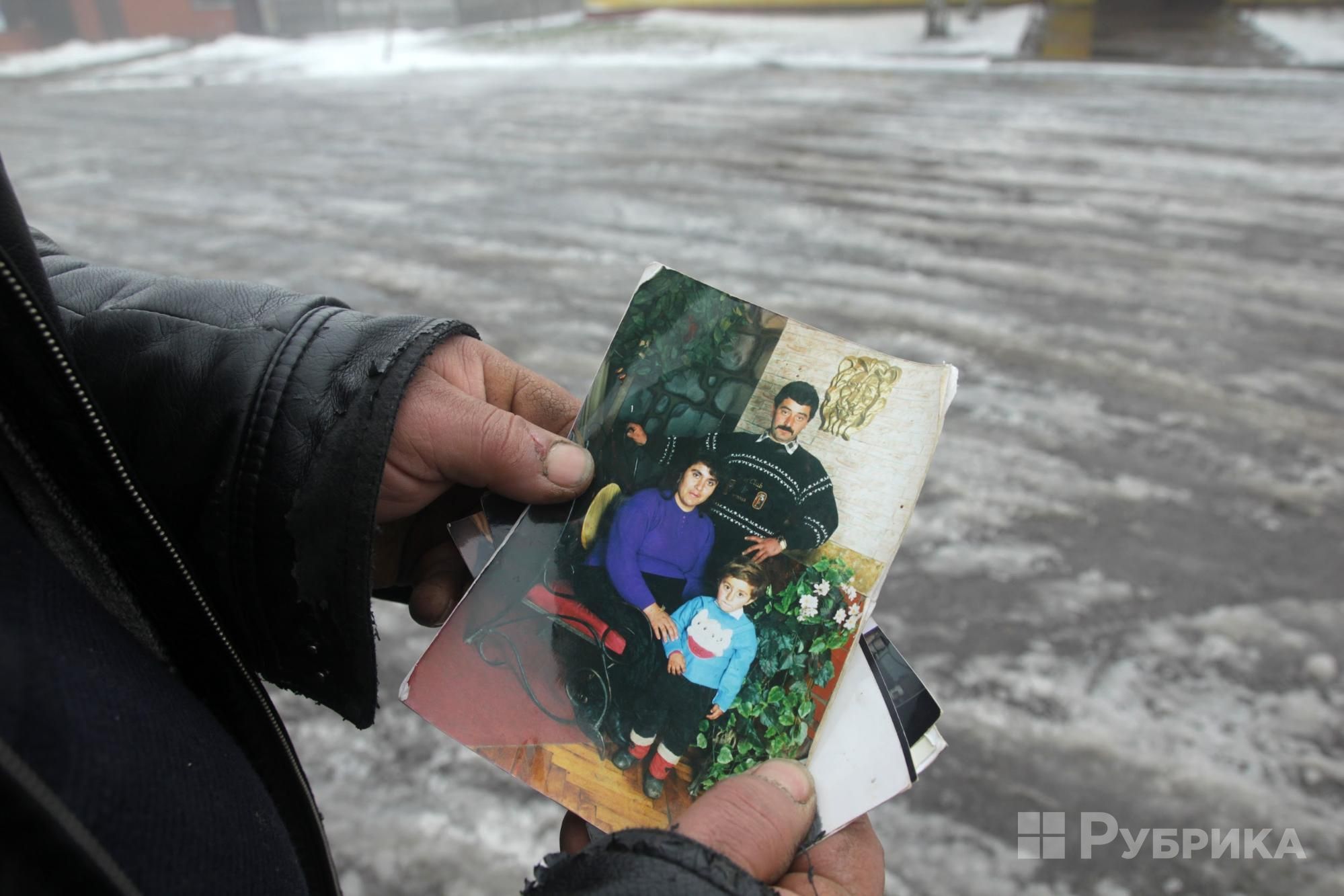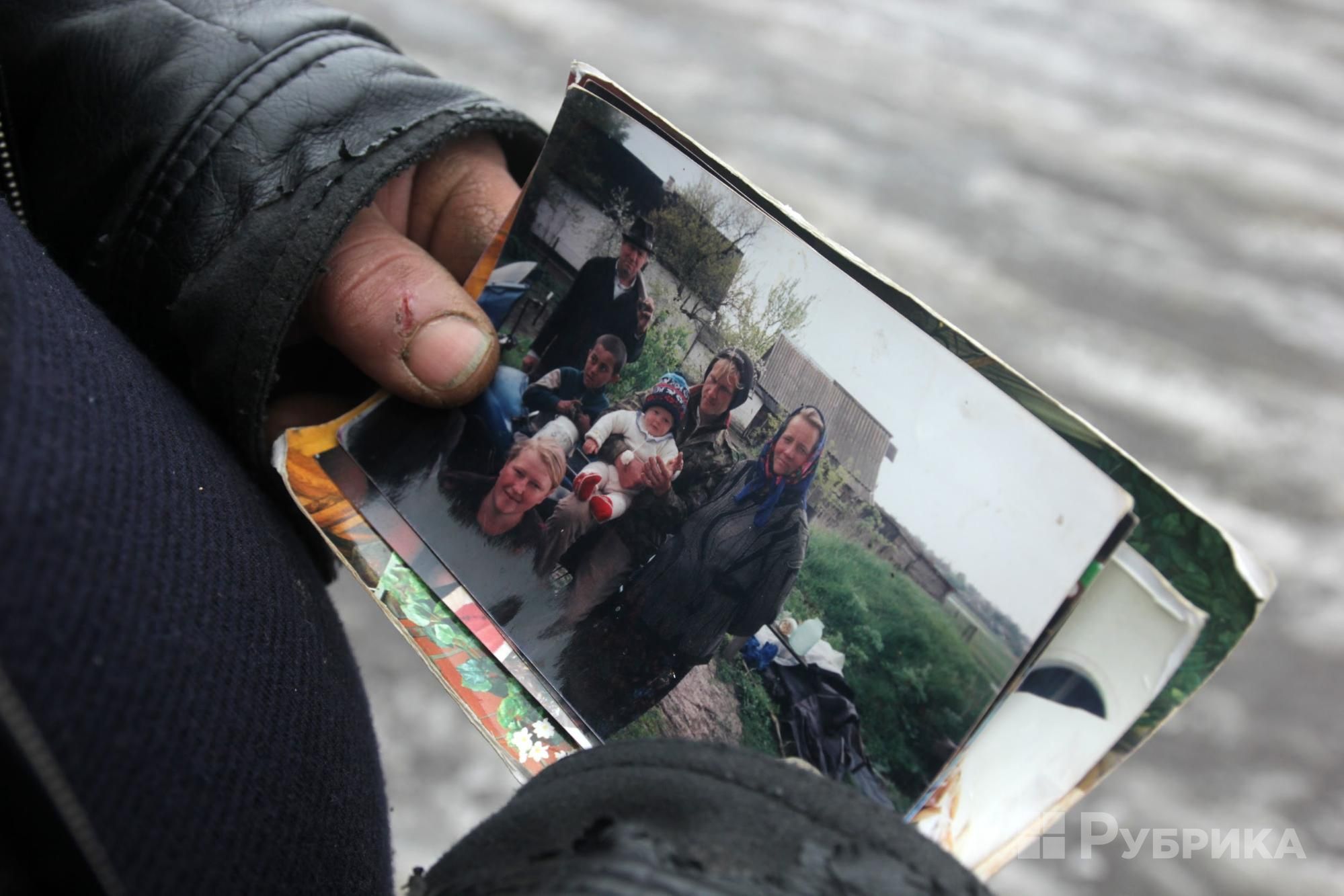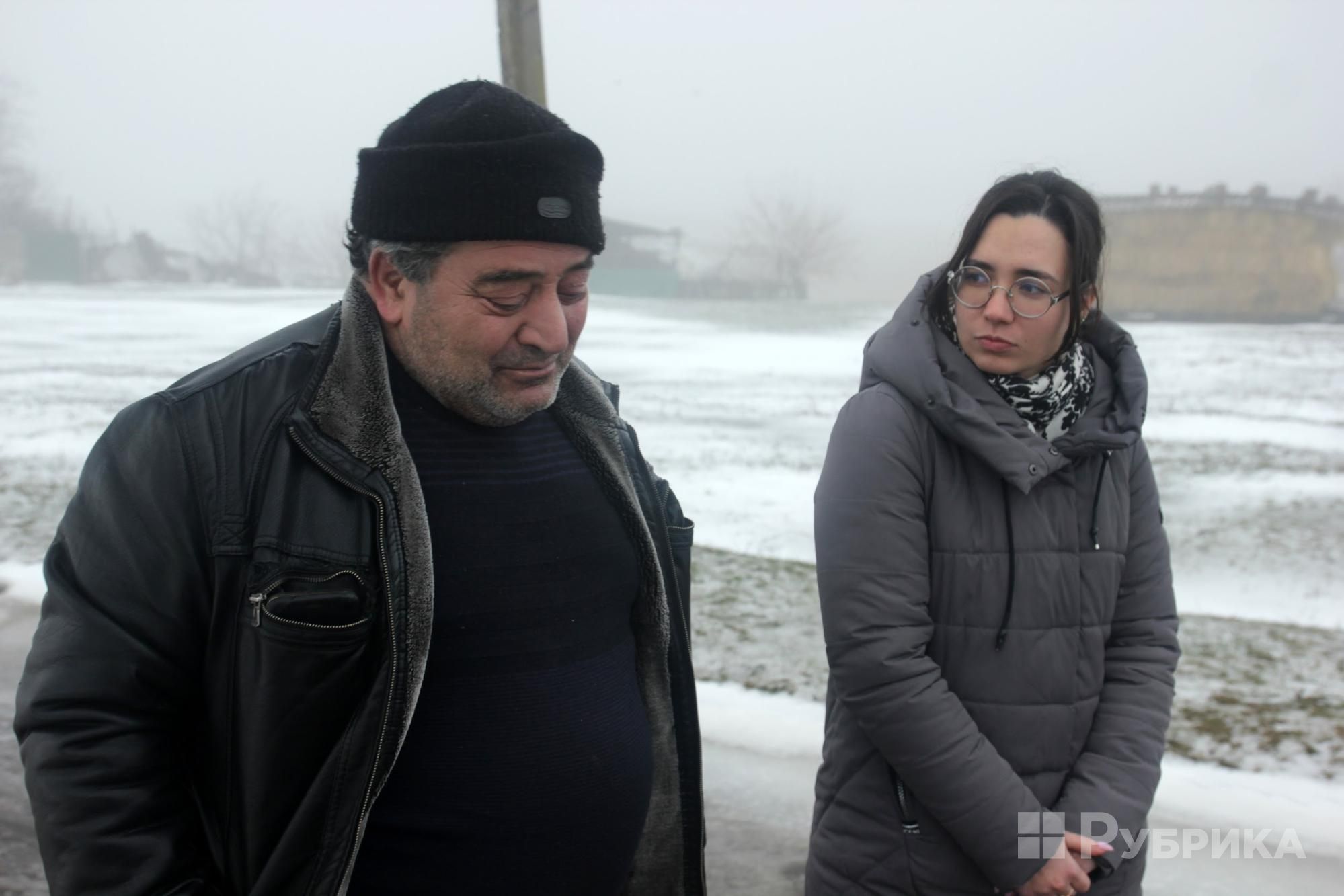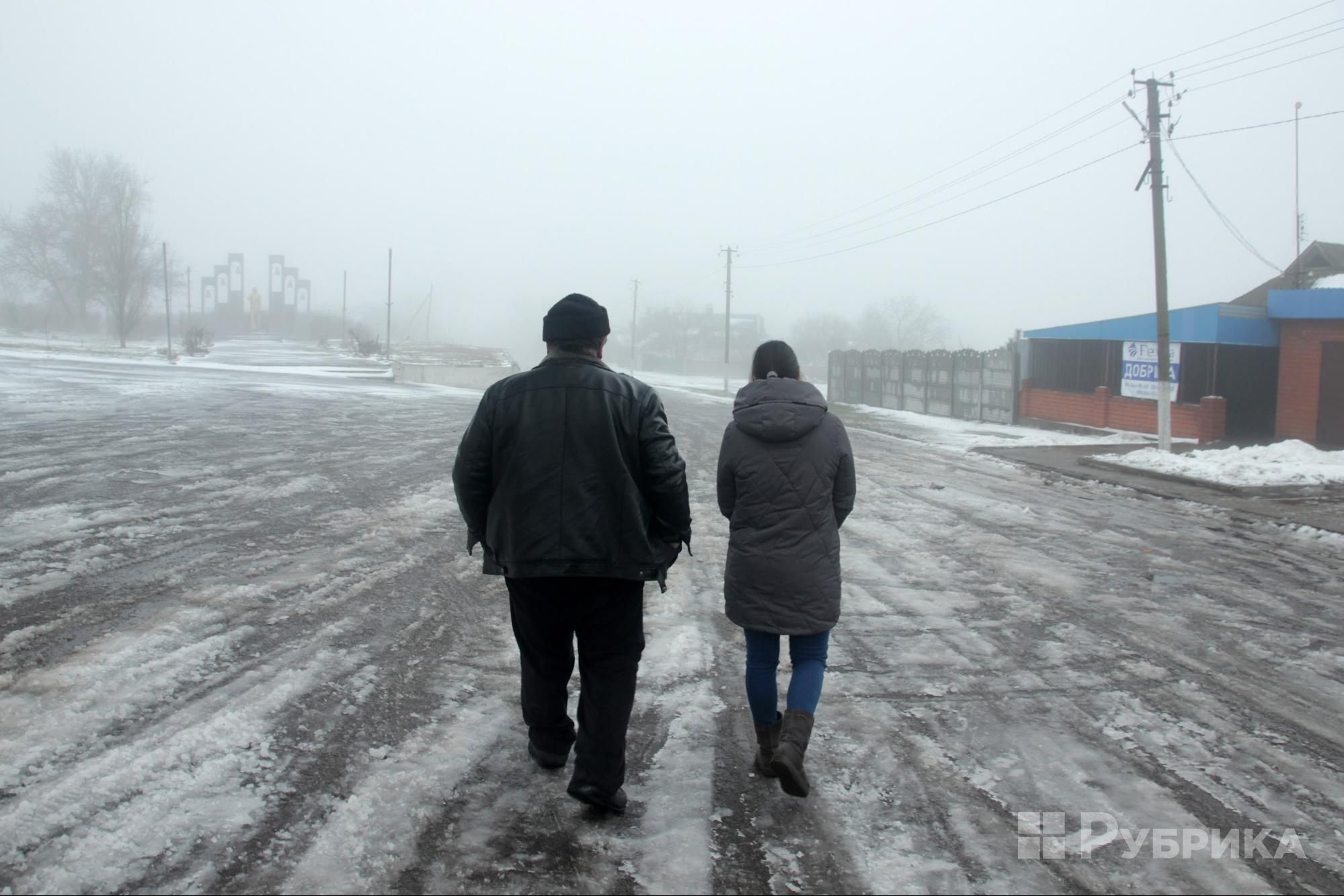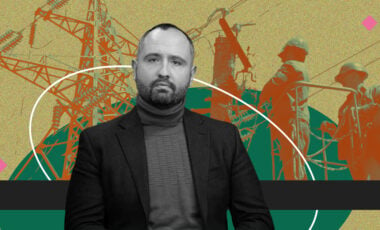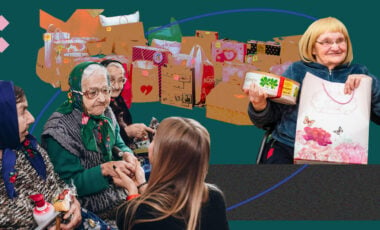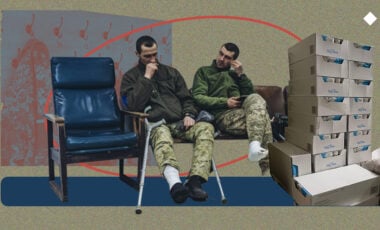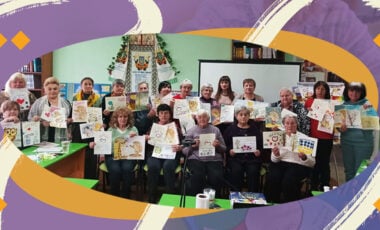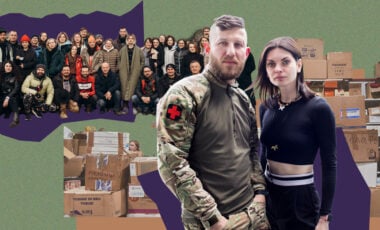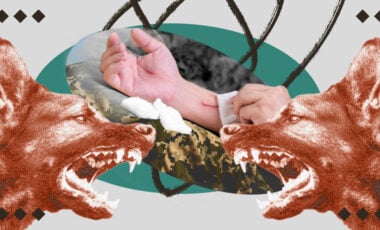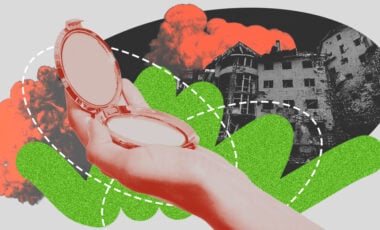Heavenly Hundred turns 7. How Serhii Nihoian's parents and village live now
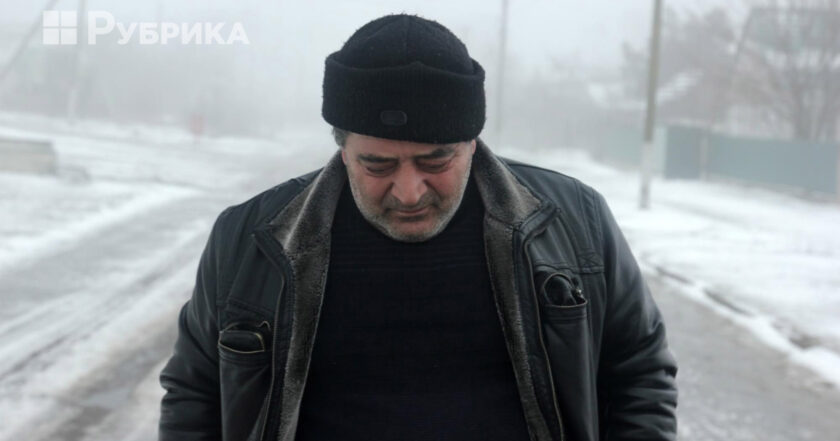
Seven years ago, security forces shot protesters on Maidan. 47 victims in a day. All demonstrators who died in the Kyiv center before and after this date will be called the Heavenly Hundred. 106 people who laid down their lives for the independence and integrity of our country.
Among them was Serhii Nihoian, an Armenian from the Dnipropetrovsk region. A 20-year-old guy was on duty on Maidan for two months. Where he met his girlfriend. Where he read Taras Shevchenko's poems in Ukrainian. And where he died on January 22.
How does Serhii Nihoian's family and village, where he was born, grew up, and now rests, live? A piece for the 7th anniversary of honoring the heroes of the Heavenly Hundred.
Those days
His father, Hahik Nihoian, comes to Serhii Nihoian's grave a day later, although he used to come here almost three times a day. For seven years, the son has been at rest in the village of Bereznuvativka in the Dnipropetrovsk region.
"It's been 7 years, but the pain doesn't subside," Hahik Nihoian says quietly. "I learned he had been on Maidan ipso facto. Please understand, if I hadn't let him go then, it would've happened elsewhere. He would've gone to the anti-terrorist operation and died in Donetsk or Luhansk regions. It's a fate," Hahik Nihoian recalls.
Serhii was defending the Maidan since December 2013. At first, he went to seek it in Dnipro, but he didn't encounter any protests there, so he went to Kyiv.
"I'll live in this country. Not in the other one, in a month or two. It's my future," Serhii says in one of the videos shot during the protests.
A 20-year-old boy died on January 22, 2014. He died of a lead bullet wound during the events near the Dynamo Stadium on Hrushevskoho Street. The death was recorded around 6:30.
The parents learned from the news that their son had died. At that time, the TV set worked at the Nihoian family house around the clock. Hahik fell asleep and woke up to broadcasts from the center of Kyiv.
"There are two victims, one Armenian." My wife said at once: there are many Armenians. I realized everything at once but began to calm her down as if it wasn't our child. I went out to smoke and heard my wife screaming. The news showed those who died."
Hahik drove to return his son home himself. He was given to the father in a few days. Serhii's father drove him at night, and in the morning, hundreds of people in the Dnipropetrovsk region met them. They bid a final farewell to the boy. Serhii Nihoian was buried in his native village.
What was he like?
The Nihoian family moved from Armenia to the Dnipropetrovsk region in 1992, fleeing the Nagorno-Karabakh war. They left the village of Navur on the border with Azerbaijan. In Ukraine, they settled in Bereznuvativka, close to the asphalt plant. Serhii was born here in the village. He's the only son of Venera and Hahik.
"As a child, my son drove around with me, always helping. He was 7-8 years old when he started earning money. In Crimea, he went to the beach to sell things, and then a few years later, I rented him a spot to sell shawarma in Simferopol," Hahik Nihoian says.
Serhii was a bit estranged from his classmates. He seemed older than them, as class teacher Alla Shevchenko recalls. The boy studied mediocre; he loved physical education the most.
"From elementary school, he stood apart. He had his own worldview and distinguished himself by critical thinking, didn't accept ready-made information. He had his own view on everything and he was able to defend it," the teacher recalls.
He always kept a map of Armenia on his desk next to his notebook and textbook. He knew it better than anyone. The boy dreamed of going to his homeland.
"He just tortured me with Armenia," history teacher Olha Boreiko says. "At home, he reads some info, comes to the class, and asks: why did that happen there in those years? And how do I know why? I can't tell him, I have no idea. So I looked for answers in textbooks. In the fall of 2013, we met; he told me he was going to go to Armenia with his father. But he didn't make it."
A memorial plaque was erected at the school in honor of Serhii Nihoian, and a museum was set up inside the school.
Museum of Memory
After Serhii's death, people began to come to Bereznuvativka to honor the boy's memory. They asked to show the boy's class. Then it looked like a normal schoolroom.
"Imagine, as soon as he died, 12 buses came here. We'd never seen so many people here. They were from different parts of the country and even from other countries," Olha Boreiko says.
Visitors brought things connected to Serhii with them. The items were placed in the classroom. A small collection was assembled for the 40th day of his death, and the museum was completely equipped for the anniversary. Serhii's former classroom, from now on, has his portraits, clothes, and even cobblestones from the place where the boy died exhibited. History teacher Olha Boreiko has managed the newly created museum since.
"We have a notebook where we ask visitors to leave a signature. True, we didn't start it immediately, but there are many writings there. One day an American even came to us. He was writing a book about how Ukrainians assess the Maidan. At the end of the conversation, he asked: what do you feel as a hero's teacher? And the question… You know… It has torn my soul with pain. Because Serhii is the only son of his parents. And I don't see a hero; I see a mother and a father who lost a son. Can we look at our children as heroes? First, they're a significant loss for us."
What now?
Hahik carries his son's photo with him in the car. The thin film has already cracked in the photos.
Here's Serhii standing with his mother and father, with blond hair which would darken later. And here, we see him among "business partners" in Crimea. And one of his last photos is with his girlfriend on Maidan. The boy met Diana in Kyiv during the protests.
"She came to Maidan every day. For us, Diana is like family. She comes to visit. Sometimes she stays for 3-4 days," Hahik Nihoian says.
Now Venera and Hahik Nigoyan live alone, involved in farming. At first, people took care of them a lot: caring people often visited, called, or just asked how the couple was feeling. Now they care too, but less.
"It's very nice because at least my soul calms down a little. Yes, there are envious people too. Someone says that Serhii was protesting on Maidan for money. Someone is gossiping that we're helped. They say we have everything. I answer: let's exchange, I'm ready to give everything away, but it won't return my son. You can't prove it to people, and you won't argue with everyone. Let them talk."
Posthumously, Serhii Nihoian, like all the heroes of the Heavenly Hundred, was given the Hero of Ukraine Award.
The avenue in Dnipro and the street in Kamianske were renamed in honor of the boy. In his native Bereznuvativka, they wanted to name a street, square, or garden after him. But so far, they haven't done this.
Photo: Oleksandra Tkach, specially for Rubryka


